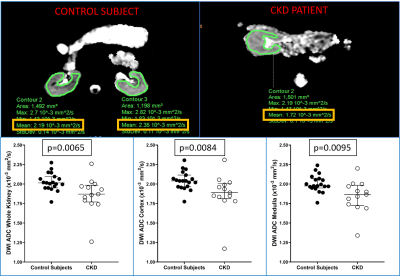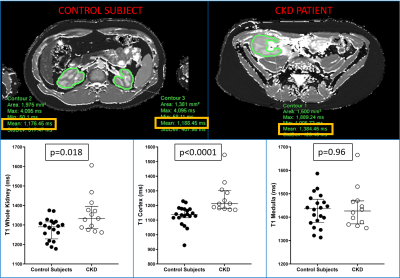Deep B. Gandhi1, Jonathan R. Dillman2, Andrew T. Trout2, Jean A. Tkach2, Prasad Devarajan3, and Stephanie W Benoit4
1Department of Radiology, Cincinnati Children's Hospital Medical Center, Cincinnati, OH, United States, 2Imaging Research Center, Department of Radiology, Cincinnati Children's Hospital Medical Center, Cincinnati, OH, United States, 3Department of Nephrology, Cincinnati Children's Hospital Medical Center, Cincinnati, OH, United States, 4Department off Nephrology, Cincinnati Children's Hospital Medical Center, Cincinnati, OH, United States
1Department of Radiology, Cincinnati Children's Hospital Medical Center, Cincinnati, OH, United States, 2Imaging Research Center, Department of Radiology, Cincinnati Children's Hospital Medical Center, Cincinnati, OH, United States, 3Department of Nephrology, Cincinnati Children's Hospital Medical Center, Cincinnati, OH, United States, 4Department off Nephrology, Cincinnati Children's Hospital Medical Center, Cincinnati, OH, United States
Renal T1 and DWI ADC
measurements significantly differ between healthy controls and pediatric and
young adult patients with CKD and may be useful noninvasive biomarkers for CKD.

Figure 3: Diffusion weighted imaging (DWI) ADC values
in control participants and patients with CKD. (Top panel) ADC maps of a
control and (failing renal transplant) patient. (Bottom panel). ADC values were
significantly lower in patients compared to healthy controls for whole kidney,
cortex and medulla.

Figure 4: T1 MOLLI relaxation times in controls and
patients with CKD. (Top panel) T1 maps of a control and (failing renal transplant)
patient. (Bottom panel). T1 relaxation times were significantly greater in patients
compared to healthy controls for whole kidney and cortex, whereas no
significant difference was observed in the medulla between the two groups.